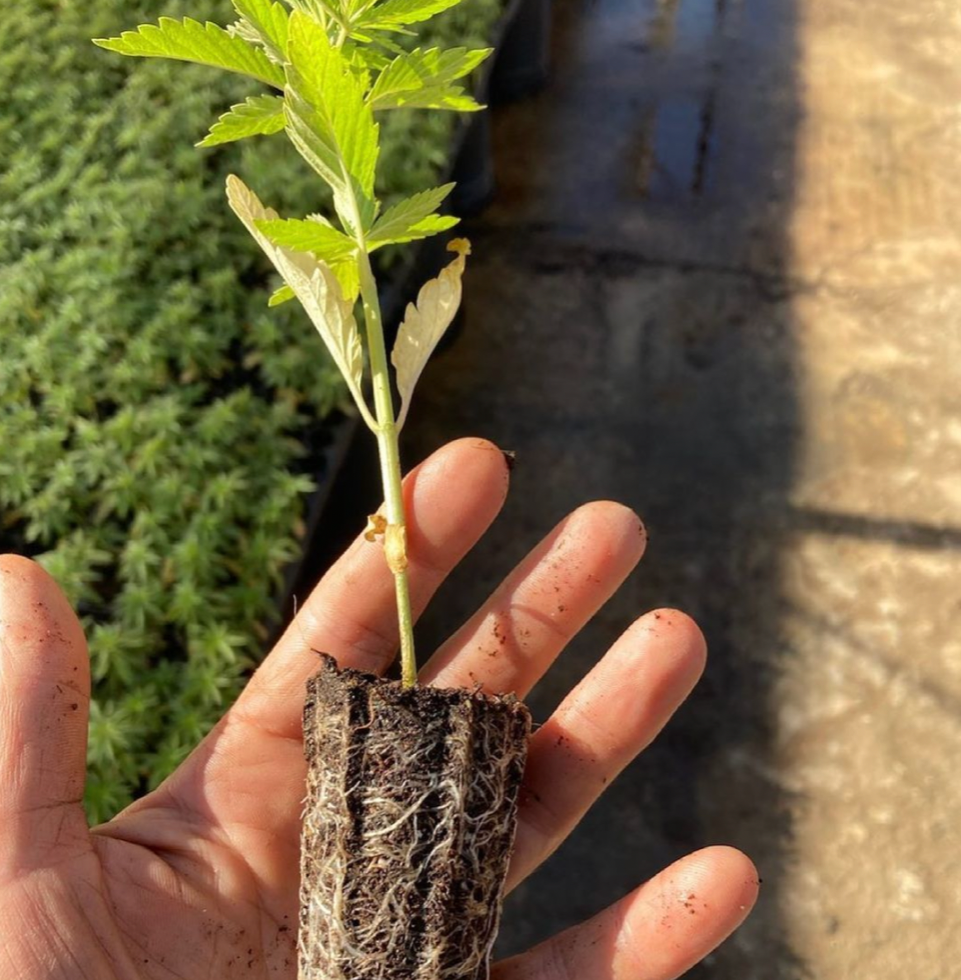Green Hygienics’ R&D team will investigate and develop highly consistent and efficacious cannabinoid-based products, utilizing multidisciplinary approaches, collaborations, and partnerships.
Striving to become the industry’s preeminent scientific thought leader, Green Hygienics drives innovation and guarantees quality responsibly, intending to become the most highly certified hemp company in the world.
We will be utilizing established target biochemical screening models and developing customized wellness products addressing endocannabinoid system (ECS) deficiencies. In parallel, our R&D team will create innovative nutraceutical products and brands by reconstituting an entourage effect through the synergistic efficacy studies of individual cannabinoids – this is outlined as follows:
- Which major/minor cannabinoids, terpenoids, flavonoids, etc., are the most potent hits to engage with the immune disease-specific targets to achieve the lowest half-maximal inhibitory concentration (IC₅₀).
- When initial “biochemical” IC₅₀s are established, there is a need to check whether selected phytocannabinoids and terpenoids do not negatively impact some housekeeping genes and enzymes to avoid obvious off-target toxic and unwanted side effects.
- Later, optimal “biochemical” composition should be tested in vitro or ex vivo, utilizing specific cell or tissue cultures to assure that individual “potent” components can permeate cell membranes and reach intracellular ECS receptors at concentrations determined in the preliminary biochemical IC₅₀ assays.
- In the case of positive results, the properly adjusted composition (formulation) needs to be tested pharmacokinetically (PK) in disease model animals to assure that the very same formulation components can reach lymphatic and/or systemic circulation after oral (or pulmonary) administration.
- Highly potent substances often remain as “potent substances” and never become therapeutic remedies because of poor PK profiles. Thus, certain formulation adjustments (qualitative and quantitative) are needed to achieve the optimal systemic exposures of substances of interest.
- When a favorable PK profile is established, one needs to test the very same formulation in disease-specific animals to assure that the desired therapeutic effect is achievable in humans.
- And finally: once all the above is tested successfully, adequately designed clinical evaluation and substantiation (in human subjects) should be conducted.
Our ultimate goal is to develop and promote scientific evidence-based ECS-modulating cannabinoid products that will be trusted by medical communities, physicians, holistic health practitioners, and wellness-oriented end users.
Our Certifications
